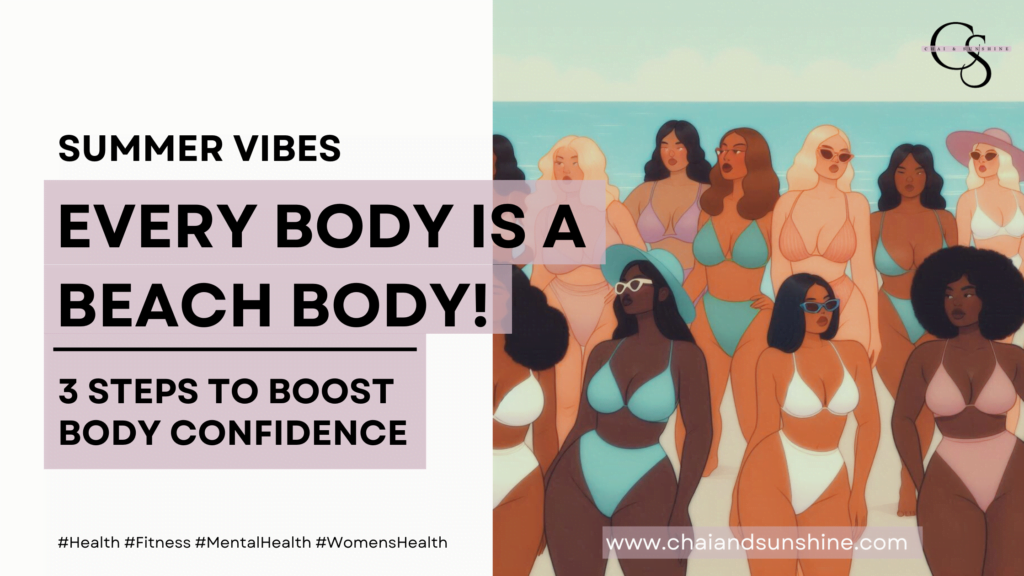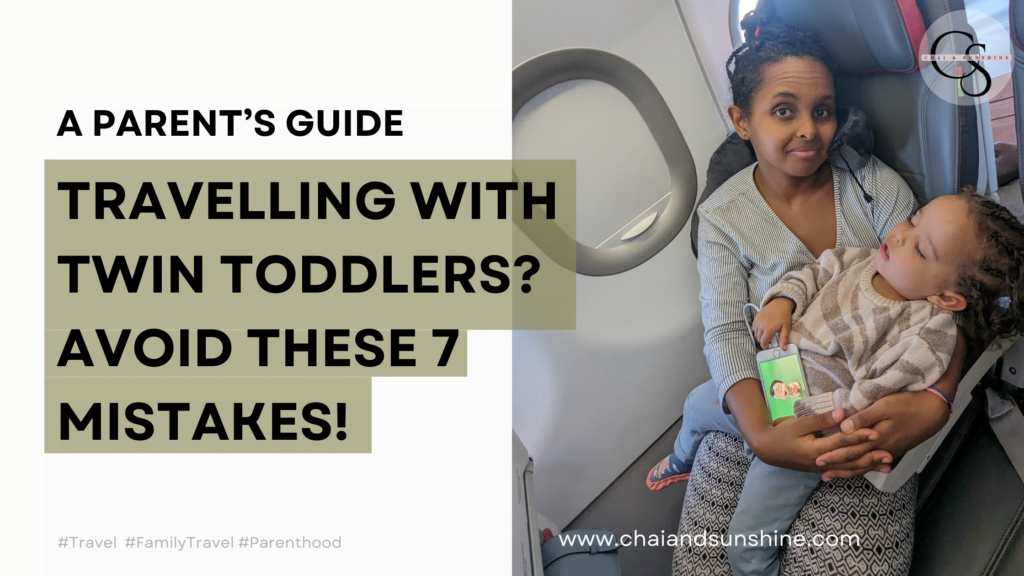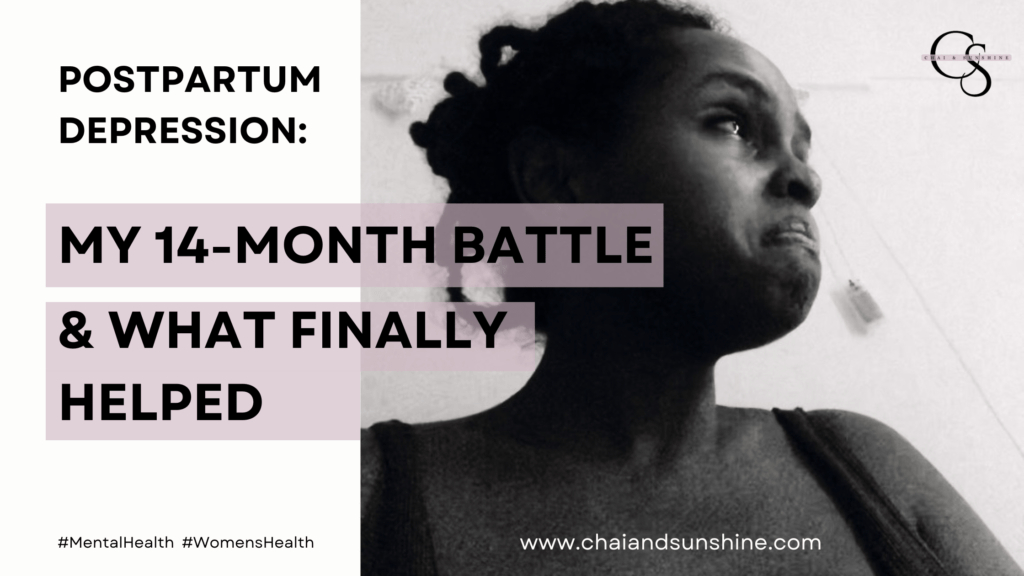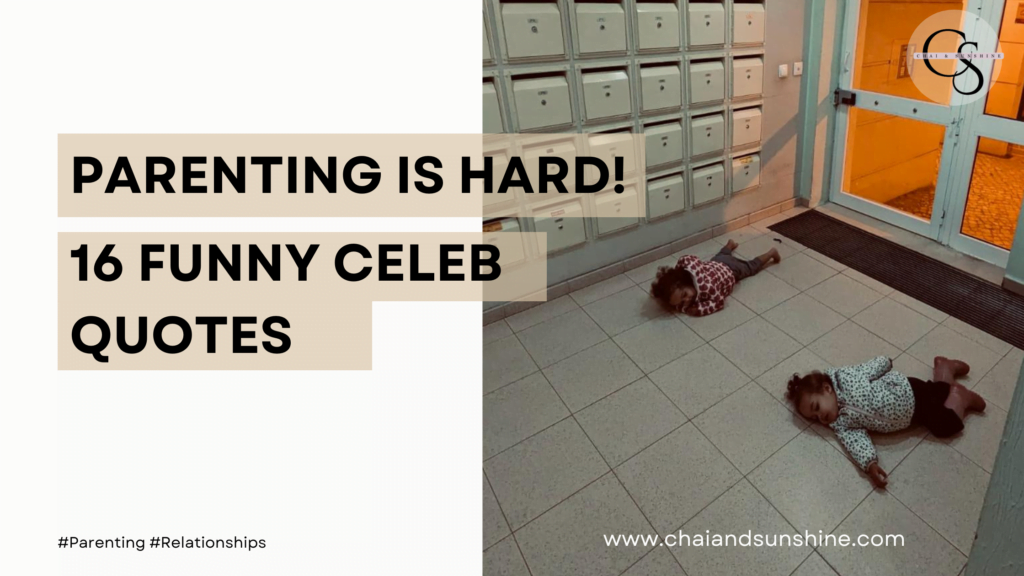10 Best Places to Travel as a Black Woman (2024)

*A post for black women* Girl, we all know the world isn’t always built for us. As Black women, merely existing can feel like an obstacle course, let alone venturing out to explore a new place. And with travel, there’s a whole extra layer of questions: is it safe? Will I be welcome? Will people want to touch my hair? On top of that, the usual worries about being a woman on the road come into play. But guess what? We deserve to experience the world too! That’s why I’ve compiled a personal list of my 10 best places to travel as a black woman. Whether you’re looking for tropical, cultural, or big city living, I’ve got you! So pack your bags, ladies – it’s time to see the world! Travel Destination Criteria I thought I’d start out with the set of rules I’ve used for picking the places I’ve chosen. So, here’s my criteria for what makes somewhere one of the best places to travel as a black woman: 1. Safety Duh! Safety is priority number one, of course. We all deserve to feel secure while exploring new places. So, you won’t find any war zones or places they do terrorism or kidnapping on this list. No places with excessive crime, either. We face enough dangers because of our appearance, and we don’t usually have the best odds in hospital situations. So, on this list, we’ll stick to the safest places that even mom won’t worry about. 2. Racism (or Lack Thereof) This is a big travel criteria as a black woman. Because who wants to fend of racism while on holiday, right?! And while every individual’s experience in these places might be different, I’ve gone with looking at the general racism I felt in these places. Because, while we can’t avoid it completely, some destinations are more welcoming than others. 3. I’ve Been There Personally So, while I am well-travelled, this criteria narrows down the list significantly. But hear me out. Anyone can do a hypothetical “best places to travel as a black woman” list. But I think there’s still something to be said for actually having lived experience in those places. 4. Cultural Awareness What is cultural awareness? And why is this different to racism? Sit down, I’m glad you asked. A place with cultural awareness of black people is one where people are accustomed to seeing and catering to Black travellers. One where they don’t gawk or try to touch your skin or hair. Or ask weird questions like “Do you know Oprah? Beyonce? Or Rihanna?” – true story. (Unfortunately, no. We don’t run in the same circles.) So, while a place might not be considered “racist”, there may be a lot of unintentional cultural insensitivity that may be annoying to navigate on holiday. 5. Fun! Of course, no list is complete without considering the fun factor! These destinations offer not just safety and respect, but also beauty, adventure (but not the warzone kind), and amazing experiences. Buckle up! Here are the best places to travel as a black woman (in no particular order): 1. Reunion Island, France Okay, the “France” part is slightly misleading. Because this gorgeous island is actually located off the east coast of Africa, in the vicinity of Mauritius and Madagascar. How it still belongs to France is a history lesson I won’t be giving. But how amazing it is, I can tell you. (I lived there for about 7 months). From the natural offerings (tropical forests, oceans, volcanoes), to lovely restaurants, stunning beaches, and fun events throughout the year, Reunion is as close to paradise as it gets. Also, its as modern as any big city with all the amenities you can ask for. The population is super mixed so you’ll be able to find whatever you need (hair care, foundation shades, braids). So, take your Duolingo French with you to Reunion Island and thank me later. 2. Lisbon, Portugal Full transparency: we live near Lisbon now. But there’s a reason why we live here. Many, in fact. (I wrote a whole post about it). Lisbon has that European-city charm, great weather, fun, forever-partying people, and it’s also super accepting to people of all colours. Because while my mixed-race family has had trouble integrating in Africa, we’ve had no issue here. They also operate on “Mediterranean time”, which means you wake up at 10am, have a nap at 3pm, before partying the night away. It’s a veritable festa. Lisbon has it all. If you’re looking for something more cultural, you can definitely check out the palaces in Sintra (30 mins north). Or perhaps lounging around on a beach is more your style? Visit Costa da Caparica (30 mins south, pictured above). 3. Havanna, Cuba My heart is in Havanna, ooh na na… Cuba is multicultural. You can go there on any budget. (I went on the Broke Ass Student Plan). And, of course, the nightlife is amazing. But it’s also super safe, very multicultural, and absolutely stunning! (Who knew communism could look so good?). On top of that, the rum was cheaper than water in some places, and Cuban cigars are pretty cheap. So, you can fully indulge your vices under the guise of “cultural integration”. 4. Reykjavik, Iceland My friend, go to Iceland in the winter. I cannot promise you multicultural. (These statues were the closest I got to finding another brown person). I cannot even promise you sunshine and good weather. But the cosiest Christmas atmosphere in the most ethereal place, you will find. Lovely bars, restaurants, and most importantly, people, too. And the sun rises at 10am and sets at 4pm in December. So you can wake up late after partying for 12 hours. (Check out their blue lagoon hot springs if you’re into something more chill.) 5. London, England Aaahh London. My first time visiting was during a week of excellent weather in July. The sun was shining. People were singing (for money) in the streets. Those
Every Body is a Beach Body! 3 Steps to Boost Body Confidence

The sun is ablaze. The days are longer. And along with the undeniable joys of summer comes the not-so-subtle pressure to “get beach ready.” *Rolling eyes* Scrolling through social media, I’m bombarded with intense workout routines and “summer body” challenges. But here’s the thing: somewhere along the way, we’ve internalised a narrow definition of what it means to look acceptable in the summer sun. We forget that the true gatekeepers of our confidence aren’t airbrushed magazine covers or unrealistic expectations, but ourselves (*exceptions apply to those living in truly oppressive cultures. Don’t try this in Iran). I know many of you reading this intellectually know that “every body is a beach body”, but don’t really believe that about yourself. It’s time to break free from that narrative and reclaim summer for what it truly is: a season to shake of seasonal depression, do fun things, spend time with those we love. And we can’t really do that fully if we’re worried about our bodies, can we? Take it from me. I was once a body-image worrier, but now I’m a body-confidence warrior. Here are 3 steps to really feeling the statement “every body is a beach body”. Why Do We Do This To Ourselves? A Brief History of Bodily Oppression I’m a nerd. So, I like to know where the hell the inexplicable things that we take for granted today come from. Like, why on Earth we’re all trying to get “snatched” or have a “summer glow-up” to impress people we don’t even know. Here’s what I’ve come up with so far, but feel free to leave some of your ideas in the comments. The Wife Prize For centuries, societal expectations dictated that a woman’s ultimate goal was marriage. This ingrained mindset limited women’s aspirations, making a husband the pinnacle of their life’s achievements. Unfortunately, this also meant conforming to a specific, male-approved ideal. Throughout history, this “ideal woman” has been defined by various physical attributes, creating immense pressure to fit a mold that often conflicted with natural health or personal desires. From the plump figures favored during the Renaissance to the corseted waists of the Victorian era, women were expected to manipulate their bodies to fit the current “wife prize” image. And I see the modern version of it now, playing out on social media and dating apps. Perhaps the goal is not a husband anymore. Perhaps its likes, attention, and acceptance. But the origins are the same, whereas what we’re ascribing to, isn’t. Inconsistent Beauty Ideals Not only are we trying to fit a preset of what is “beautiful”, but that preset is constantly changing! Ancient Greece preferred athletic builds, while the Middle Ages favored pale skin and flowing, unbound hair. The Victorian era championed a fragile, doll-like figure, while the 20th century saw a shift towards curves and a more “glamorous” look. Don’t even start me on how we went from emaciated models in the 90s to the big-butted Kardashian movement we’re currently in. It honestly beggars belief. On top of that, there have been groups of people who have been consistently excluded from all of this because their beauty was not recognised. Yup, I’m talking black and indigenous people who have not even been part of this beauty rat race because we were considered a bit sub-human to participate. I digress. What I’m getting at is that this constant change highlights the arbitrary nature of beauty standards. If you’re not careful, you could end up spending your life reshaping yourself to chase a moving target, never quite reaching the ever-evolving ideal. (Sounds expensive!) Needless to say that this inconsistency leaves women feeling perpetually inadequate. Fake News Media Of course I was going to come after the media! Traditional media and advertising have become masters of manipulation, shoving unrealistic body types down our throats for decades! Through airbrushing, clever camera angles, and carefully chosen models, magazines showcase flawless women who often represent a tiny fraction of the population. Television bombards us with celebrities who have access to personal trainers, stylists, and cosmetic procedures. And in the case of most, like the Kardashians, we hardly ever see them before their “glam” is done. This curated perfection creates a false reality, making it easy to develop a distorted perception of what a “normal” woman’s body should look like. And for black and brown people, it’s even worse, because there were hardly any representations for us to look up to. It was as though we were invisible! (Look at any teen movie from the early 2000s. All white casts. Maybe a token black side kick). This media mirage breeds feelings of inadequacy and insecurity, fueling the pressure to conform to a standard that’s simply unattainable for most. How to Kill Body Confidence: A Case Study on Social Media As if striving to match the unrealistic ideals of beauty wasn’t bad enough back in the day (I’m looking at you, eyebrow-less Mona Lisa!), social media has thrown gasoline on the fire. Today, perfectly curated online personas with flawless features and filtered physiques bombard us constantly. It’s a hyper-accelerated version of the pressure to conform, leaving us comparing ourselves to unrealistic portrayals of our own contemporaries. Altered Reality Social media has become a breeding ground for unrealistic beauty standards, fueled heavily by the rampant use of filters and editing tools. Platforms allow users to reshape their jawlines, smooth away blemishes, and alter body proportions with just a few taps. The result? A distorted perception of reality that bombards us daily. These heavily edited images paint a picture of flawless complexions and unattainable body types, creating a false standard that most people simply cannot live up to. This constant exposure to an airbrushed reality can warp our perception of natural beauty, making us hyper-critical of our own unedited features. I won’t lie – many years ago, before I went on my self-development arc – I tried using these photo-editing apps. (I was unsuccessful because I’m bad with this kind of stuff and
Travelling with Twin Toddlers: 7 Tips We Learned The Hard Way

Travelling with twin toddlers is not easy. But there are ways to lessen the pain! Here are 7 toddler travel tips we learned the hard way.
Postpartum Depression: My 14-Month Battle & What Finally Helped

Postpartum Depression: My 14-Month Battle & What Finally Helped Ever stare bleary-eyed at your beautiful newborns, an existential dread twisting in your gut? And felt that, no matter what you tried, the hopelessness wouldn’t budge? Did you ever wonder whether you were experiencing postpartum depression (PPD) or were just an unfit parent who had made a colossal mistake by bringing life into the world? That was me, Haimi, a new mom of twins. Here’s the thing: I knew depression before pregnancy, but I always managed to climb out of the hole eventually. This time, though, with double the trouble in the cutest possible form, it felt different. The exhaustion was one thing, but the crushing anxiety and bottomless sadness – that was new. Months blurred together in a haze of feedings, diaper changes, and a constant, nagging question: would I ever feel joy again? I genuinely didn’t know if I could go on for much longer. Often, I’d ask myself: is this PPD? I didn’t meet all of the criteria, so I struggled to see myself in what was being written. And because of that, I didn’t get help for a long time. But there is hope if we all talk to each other. And that’s why I’m sharing my story, along with the questions I grappled with, so you don’t have to walk this path alone. Let’s break down the confusion and fear surrounding PPD, one question at a time. What is Postpartum Depression? (And What Isn’t?) The Oxford dictionary likes to define postpartum depression as depression suffered by a mother following childbirth, typically arising from the combination of hormonal changes, psychological adjustment to motherhood, and fatigue; postnatal depression. I suppose that’s an accurate, clear, and perhaps even comprehensive explanation. After all, one can pack a lot of symptoms into “depression”. But I like to think of PPD in slightly less clinical terms (just because none of it felt clinical to me). PPD is a complex emotional and hormonal shift that can sometimes occur after childbirth, extending beyond the temporary “baby blues” some new moms experience (that have more to do with the changes from the birthing process rather than a longer term of depression). What Does Postpartum Depression Feel Like? If you’re struggling with PPD, you might find yourself feeling a persistent sense of sadness, anxiety, or emptiness, even amidst the joy of having a newborn. Daily tasks can become overwhelming, and sometimes basic self-care feels impossible (even when you have a rare moment for that shower). You may experience difficulty bonding with your baby or find yourself consumed by worry and guilt about your parenting abilities. You may feel regret at having had a child at all, or feel stuck with the weight of your choice to do so (if it was a choice at all). It’s not a one-size-fits-all kind of affliction. Seeing it as a box-ticking exercise of symptoms, rather than taking into account the holistic well-being of the mother has the secondary effect of alienating vulnerable women and leaving a lot of them without the help they need. Complete this survey to see if you have the symptoms by completing the Edinburgh Postnatal Depression Scale (EPDS) here. 3 days postpartum Is It Postpartum Depression or the “Baby Blues”? So, what’s the difference between PPD and the so-called “baby blues”? The length and severity. The baby blues usually come on quickly after birth, make you tired, teary, and tense for a couple of weeks, and then you’re good to go. It also generally does not affect your parenting or adulting abilities. You’re able to reasonably care for yourself and your offspring. PPD, on the other hand, can start at any point after birth and can last for any amount of time thereafter. The symptoms are often more profound and entrenched. Think: fearfulness, helplessness, hopelessness, regret, guilt, and despair. Another way I like to think of it is that the baby blues are about physical and chemical changes. Exhaustion, hormonal changes due to birth and breastfeeding, a new routine, etc. The body takes some time to adjust to this, and the crying and mood swings are a natural result. PPD has deeper roots. Sure, physical and hormonal changes have a big role to play. But I believe that PPD has a lot to do with our mental make up from before we were pregnant. Things like lifelong perfectionistic tendencies, coming from a dysfunctional family system, or being fiercely independent can set us up for the big PPD. Also, if you’ve suffered with bouts of regular-degular depression, or other disorders like bipolar disorder, before getting pregnant, you are at a higher risk of getting PPD after childbirth. A Useful Analogy Think of the difference between the baby blues and postpartum depression this way: Let’s say you’re on a beach and decide to go for a swim. The baby blues would be like a wave – maybe a large one – that hits you, maybe knocks you on your butt, and drags you along the sand a little. Not long after, it recedes back into the ocean, and you’re able to pick yourself up and head back to the shore. You might have a bruise or scrape, and you might be a little stunned, but you otherwise make it out unscathed. PPD would be if you decided to go out to swim in the sea, get sucked far out into the open ocean by a riptide, and you struggle for dear life to get back to shore. Because PPD, like riptides, can be deadly if help is not found quickly. It’s an experience that profoundly changes your relationship to life and something that’ll take a while to process. Can I Still Have Postpartum Depression if I’m Happy Sometimes? Yes! Experiencing moments of joy, even happy moments while parenting, would not overrule a diagnosis of PPD. If you otherwise are hampered by an overwhelming sense of hopelessness, loss, regret, guilt, or shame, PPD may still apply. I had many joyful moments with my beautiful twin girls,
Parenting is Hard: 16 Funny Quotes to Keep You Sane

Stressed out from parenting? Of course you are! Parenting is hard! Lighten your mood with these funny quotes from real people that remind us it’s okay to laugh amidst the challenges.
